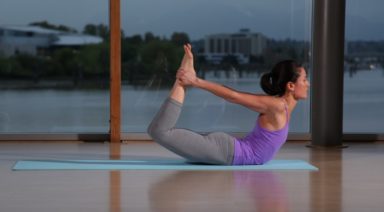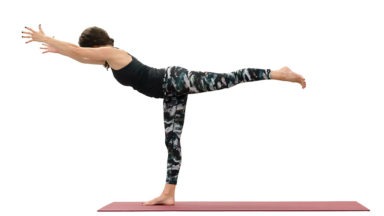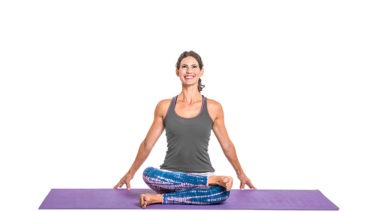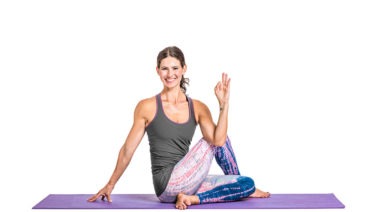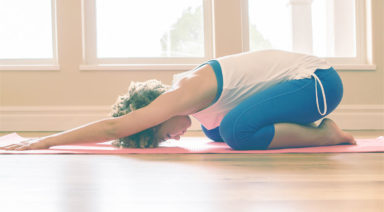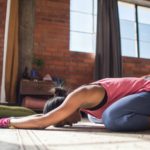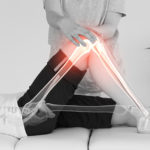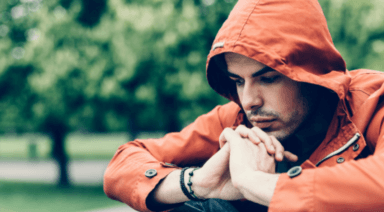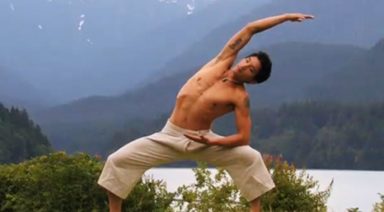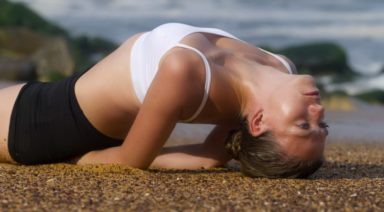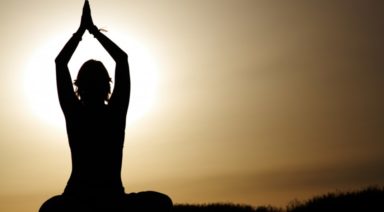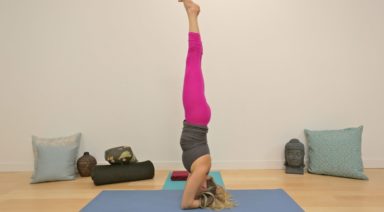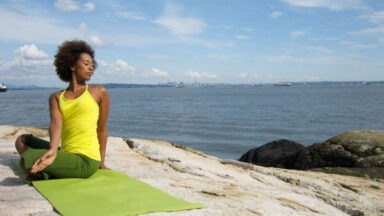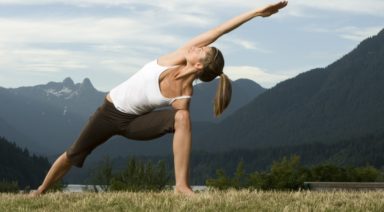3 Yoga Poses for Labor
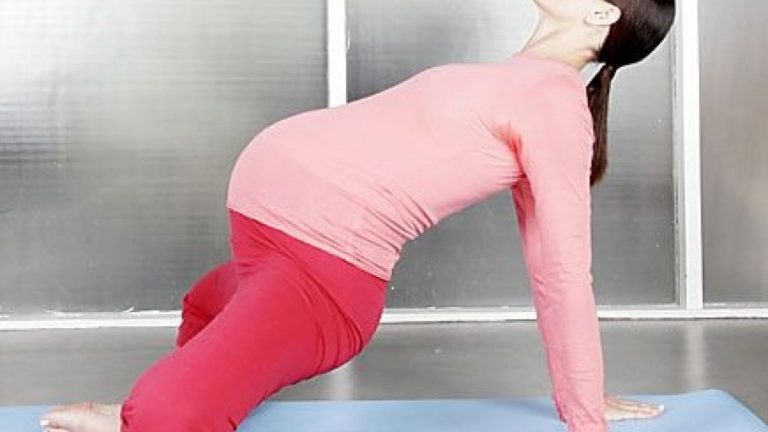
As a birth doula and yoga teacher, I believe that yoga for labor is one of the most rewarding forms of yoga. Your labor could be a breeze or it could be a marathon. Either way, these sure fire hip-openers can help give you the edge.
(Click here for prenatal yoga videos.)
1. Cobbler’s Pose/Butterfly.
Take your Cobbler’s Pose to new heights by not only lengthening and strengthening your upper back, helping to improve your posture, but the lift also allows the hips to fall open towards the sides, going deeper into your groin muscles and stretching the pelvis to open for birth. Place the soles of the feet together in front of your body and walk the hips back an inch to rest in a forward pelvic tilt. Keep the outer edges of the feet pressed to the earth as you roll your shoulders open and back and lift your hips from the floor
- enjoying a deep stretch in the entire back from crown to tailbone.
2. Low Lunge Pose.
Lunge is a terrific pelvic floor stretch as well as a strengthener for your thighs. In addition, it stretches the hip flexors which lead into the back and can alleviate some of the tension in your tight lumbar. I often recommend my Doula clients to try this pose while standing in labor, as it may help to open up the pelvic floor on one side more than another, which is useful for babies who like to thumb suck in utero and cannot descend with a little arm in the way!
3. Downward Facing Dog.
The Downward Facing Dog is a standard pose in most classes, but done properly with birth in mind, can also become your new best friend. Begin the pose by sitting on the heels with the arms outstretched on the mat as far in front of you as you are comfortable. Keep the fingers soft and the shoulders pulled into the back with a long neck. Shift your weight into your toes and lift the knees slightly from the floor. Keep reaching with your chin as you straighten the legs, letting the heels descend, and the shoulders pulled back into the spine. The head will naturally fall towards the floor as your hips elevate, keeping the length and the strength in the shoulders behind you, where it belongs. As you lift the hips, lift the tailbone and stretch the hamstrings from heels to hips forming a perfect triangle with your body. In this position, the baby can fall out of the hips and low back, offering relief in later weeks as well as encouraging a breech baby to shift with the relaxation of the internal ligament structure.
*Consult with your medical professional before starting any new physical regime during pregnancy or labor.
Beginner Hatha Yoga Poses

Hatha Yoga is the path of Physical Yoga or Yoga of Postures is the most popular branch of Yoga. This style of yoga considers the body as the vehicle for the soul. It uses physical poses or asanas, breathing techniques or pranayama, and meditation in order to bring the body in perfect health and for the more subtle spiritual elements of the mind to emerge freely. The practice of Hatha Yoga will aim for the union of the body and the soul, to fill the body with life force. Swami Svatmarama believed that the regular practice of Hatha Yoga asanas could give “steadiness, health, and lightness of body.”
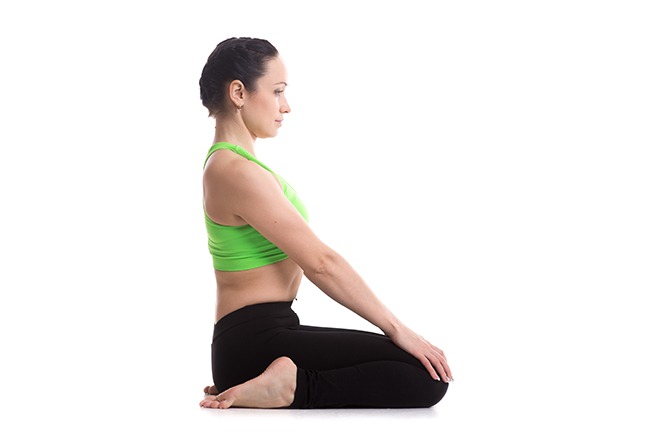
Virasana
Virasana (Hero’s pose) stretches the ankles, gluteal muscles, and other smaller muscles in the hips. Also, therapeutic for high blood pressure and asthma

Matsyendrasana
The Hatha Yoga Pradipika lists a number of specific benefits for Matsyendrasana (the Lord of the Fishes Pose). These benefits include increased appetite, the destruction of multiple diseases, and the awakening of kundalini energy.

Paschimottanasana
Paschimottanasana (the Intense Back Stretch) is a deep stretch for the entire posterior chain of the body. The posture creates openness in the calves and hamstrings and can relieve tension in the back muscles as well.

Dhanurasana
Dhanurasana (the Bow Pose) stretches the hip flexors, abdominals, chest, and shoulders. The posture also strengthens the back muscles.





